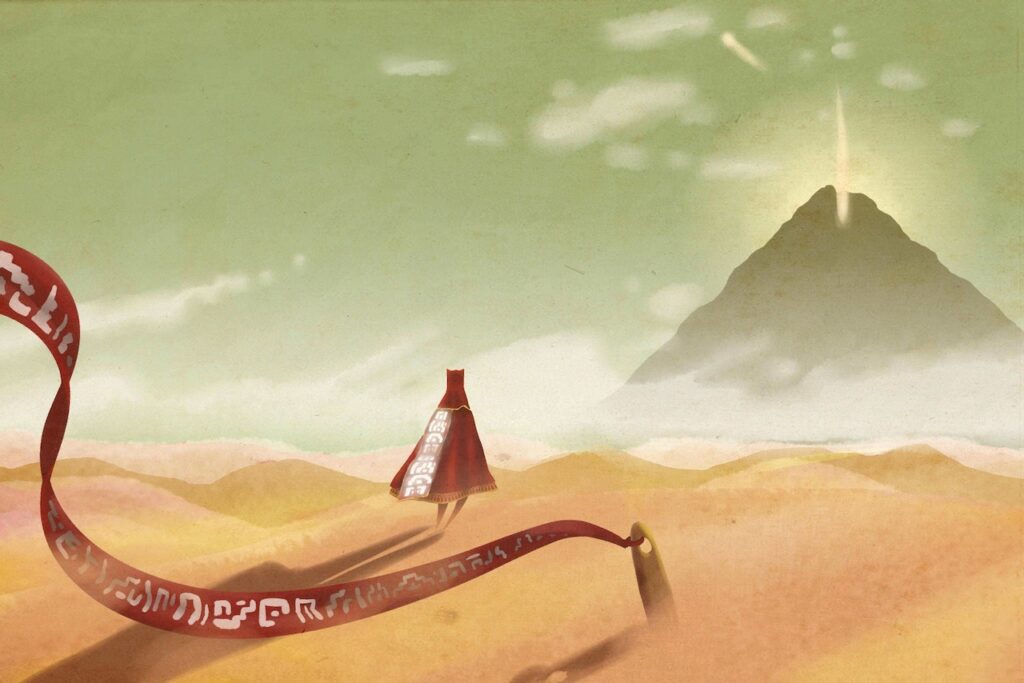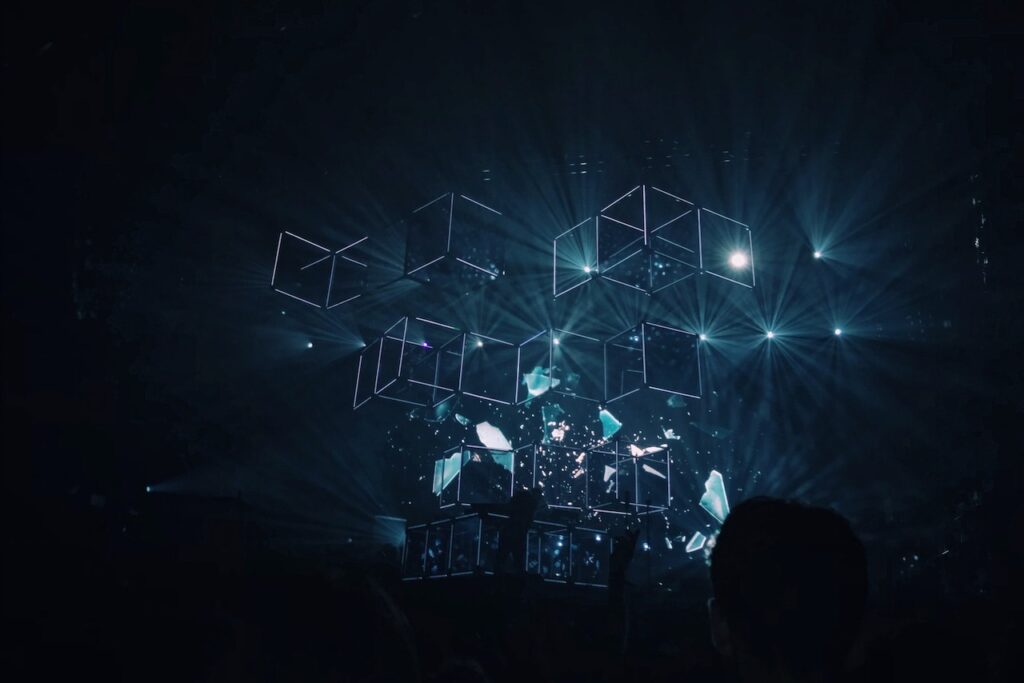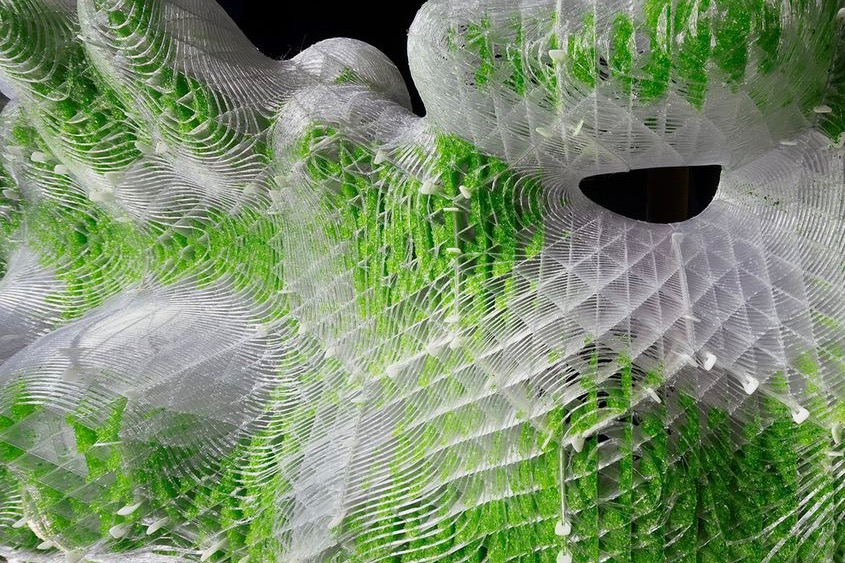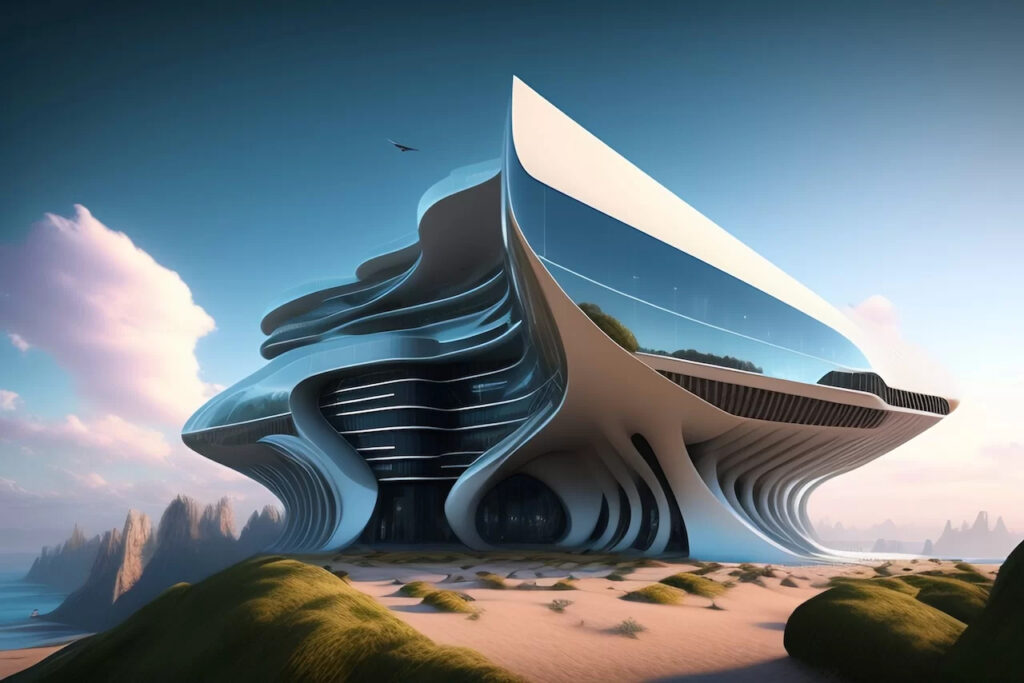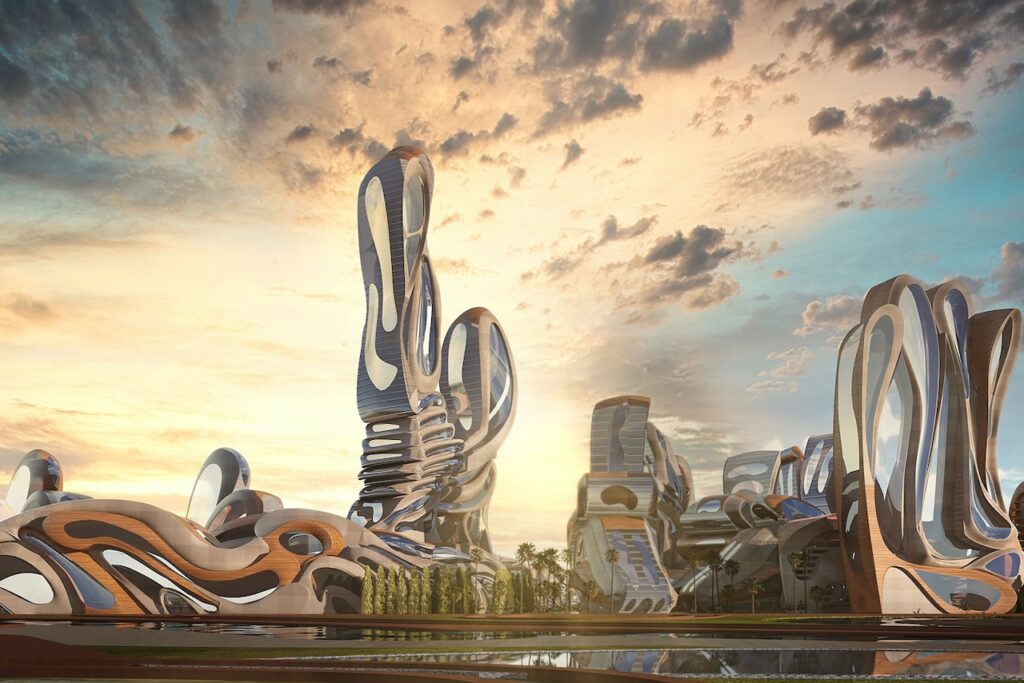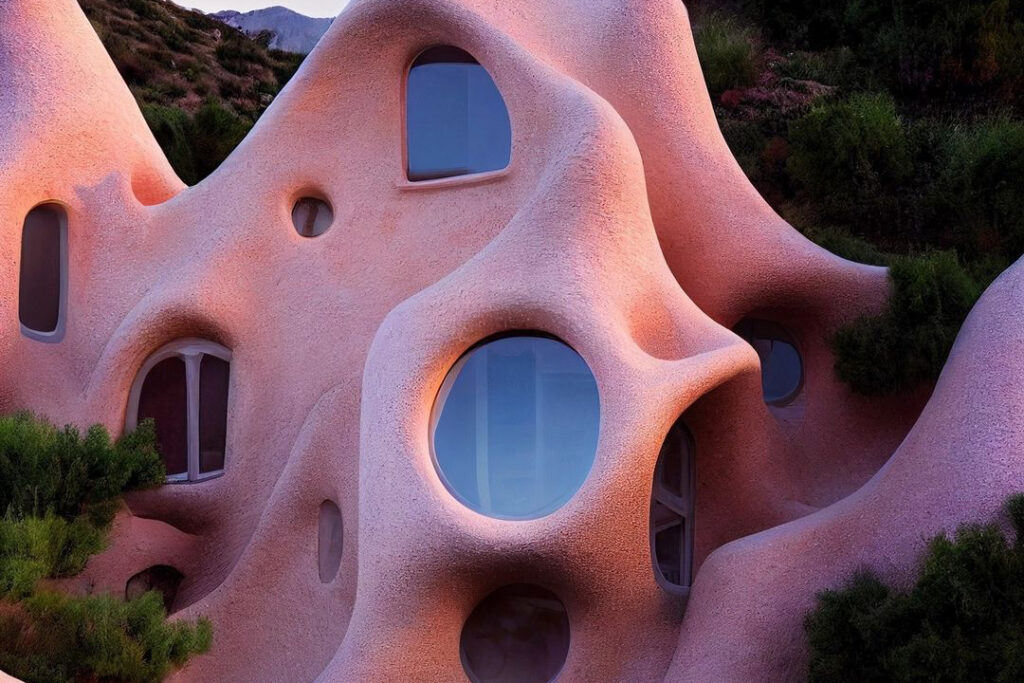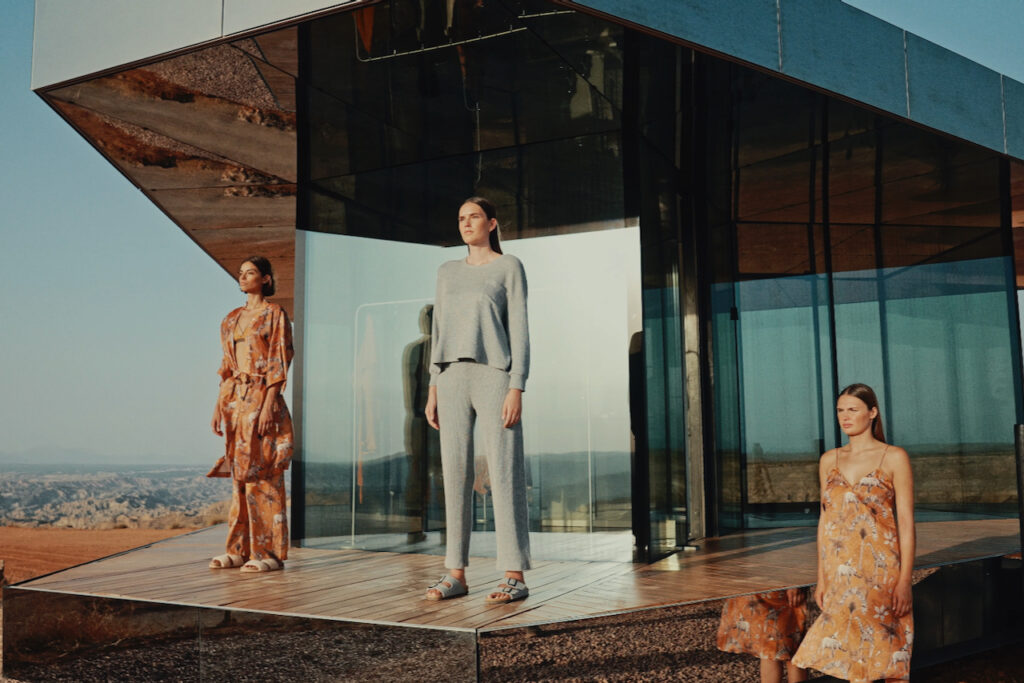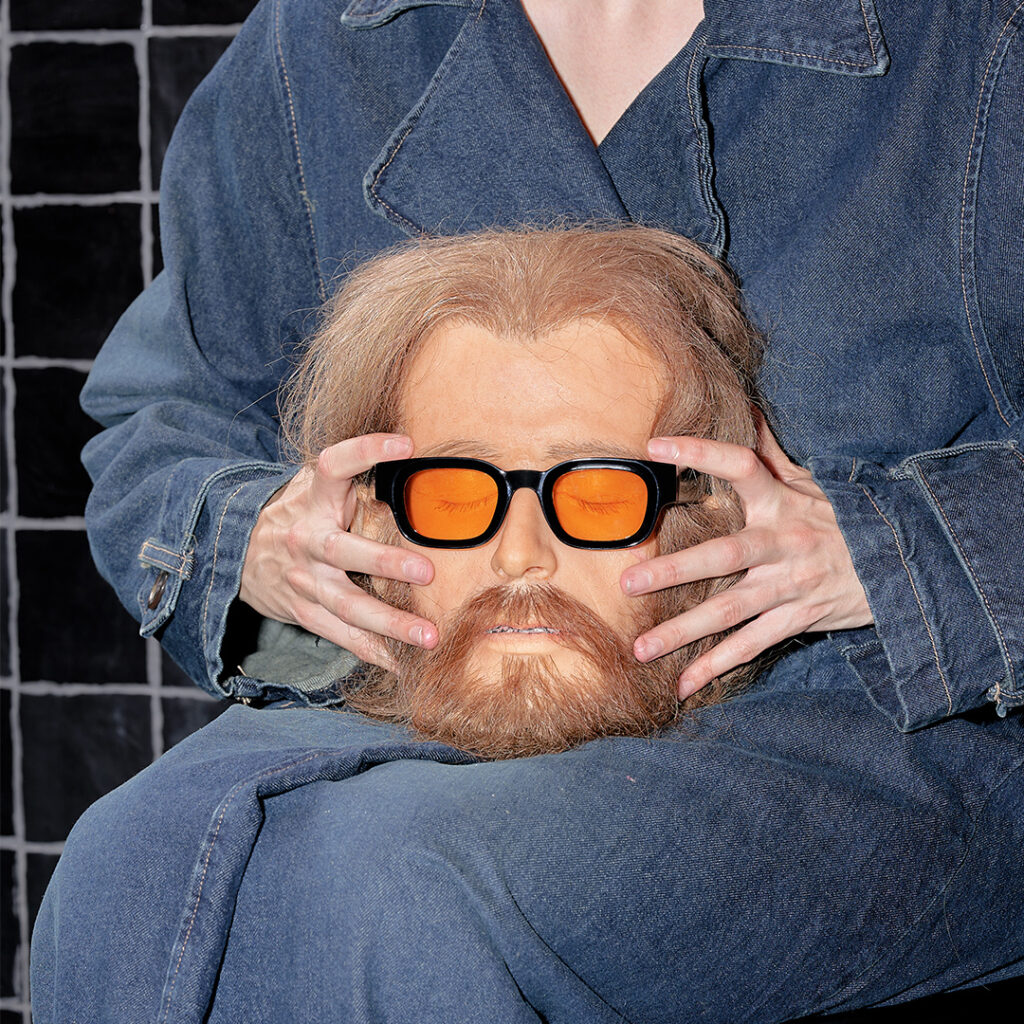Welcome to the second volume of the first instalment of our new series TNC Talks. In TNC Talks we seek out some of the industry’s key players so we can pick their brains regarding some of the most current and relevant topics out there right now! What better way to learn about something, than milking it straight from the source right?
In Vol 1.1 of TNC Talks, we had a chat with The Fabricant‘s very own Amber Jae Slooten, The Immersive KIND‘s mastermind Kadine James and creative partner Ivan Svanberg, Zebra 3D Studio‘s founders Andressa Castaman & Guilherme Schneider, and The Next Cartel’s talented digital designer Cornel Doornebosch. We dove deep into the future of digital fashion and what exactly this future might look like.
Now, as exciting as all of these opportunities might seem, there was a question that kept gnawing at us… What can the virtual world offer us that the physical world can’t compete with? Will we become hermits, living solely through screens and neglecting the “real” world? Or on the contrary, will the virtual world never be able to fulfil our needs and desires the way the physical realm can?
It is precisely this notion that we decided to tackle in Vol 2.2 of TNC Talks.

Amber Jae Slooten
Co-Founder | Creative Director at The Fabricant
In the future, we would present ourselves as virtual beings instead of Instagram profiles, and we’d be able to decorate the space around us, not as a flat surface but as a full 3D body. This gives so much opportunity for creativity, and our digital identity could become way more creative than our physical one. That would be more sustainable too since if we express ourselves digitally we don’t need to buy all these physical products that are polluting the earth. Our lives are more digital than ever, as the pandemic accelerated this process dramatically. Instead of a video call, it will be an avatar that represents you. Instead of a meeting room, it will be a location in the Metaverse. This will radically change the way we interact with one another.
Laws of the physical world simply don’t apply. Gravity can vary depending on the room you’re in. Garments can grow as you wear them.
There are possibilities that the virtual world offers that the physical world simply cannot compete with. Laws of the physical world simply don’t apply. Gravity can vary depending on the room you’re in. Garments can grow as you wear them. Looks can become minigames you’d need to play in order to wear them. You can create the reality that suits you, and express yourself freely without the boundaries of the physical realm, and it’s instantaneous. This is something that we’ve never seen before and I can’t wait to see how it will develop.

Kadine James
CEO Founder The Immersive KIND | Creative Technologist at Yahoo
The gaming industry is the biggie here. The total addressable market (TAM) – or just how big this could be – is more than $200 billion. Gamers can basically monetize their own creations, whether it be a whole alternative universe, a new garment, or a cute little animal. No middleman either. You can get paid directly for what you create. Even Louis Vuitton recently released a mobile video game in honor of Louis Vuitton’s 200th birthday called “Louis: The Game.” The mobile video game features the fashion house’s mascot Vivienne on a journey through the luxury brand’s history. Players can explore different worlds by achieving various quests and are able to find 30 embedded NFTs hidden throughout the game, designed by artist Beeple. Remember him? Each NFT is a collectible that can only be found through playing the game, and cannot be sold.
[/vc_column_text][/vc_column][vc_column width=”1/2″][frgn_single_image image=”22780″][/vc_column][/vc_row][vc_row][vc_column][vc_column_text]
…bringing the collections to life in AR and as digital NFT collections with no need to create samples as this can now all be done virtually which is, in turn, more sustainable.
I’m also thinking about the power of digital manufacturing when it comes to transforming the industry as we know it and 3D software such as Clo3D, Cinema 3D, Zbrush and Blender being the designers’ digital tools where you can visualise everything in 3D and collaborate in virtual worlds, bringing the collections to life in AR and as digital NFT collections with no need to create samples as this can now all be done virtually which is, in turn, more sustainable.

Andressa Castaman & Guilherme Schneider
Founders of Zebra 3D Fashion Studio
Virtual will always lack the sensorial experience we have when using a real piece, the comfortable feeling of using a jacket when it’s chilly for example, that will never happen in virtual, we connect to clothes not only because of how they look but also because of how it feels when you wear it. That’s the gap we cannot bridge with virtual.
Virtual will always lack the sensorial experience we have when using a real piece.
We’re still evolving the actual “dressing” process for virtual clothing, in our opinion that’s the main barrier both for the customer and the designer now. To have a satisfying result, we still need to go back to Photoshop and place the garment on our customers, adjust lighting, etc. As soon as we have a more evolved real-time solution to this issue (better looking online filters, for example) 3D fashion will rise to the mainstream public.

So, is there a future in which fashion is exclusively digital? It sounds like a cyberpunk dystopia but it’s imaginable. The whole transformation that VR will bring when it becomes present in our daily lives is a way of maybe achieving this idea of a fully digital wardrobe. Our personal feeling is that meeting and living IRL is key to keeping our humane way of interacting with each other and keeping empathy as our core strength as human beings. For us, the balance of virtual and physical is key, one helping and improving the other.

Cornel Doornebosch
Digital Fashion Designer at The Next Cartel
One of the first things that come to mind when thinking about how the physical cannot compete with the digital is ‘living’ garments and spaces, digitally, your garments can take on so many different forms of life that wouldn’t be possible physically (yet); light, animation, movement/morphing, floating, flying, anything you can think of basically, that’s some of the things that make digital fashion so exciting to me.
…digitally, your garments can take on so many different forms of life that wouldn’t be possible physically (yet); light, animation, movement/morphing, floating, flying, anything you can think of basically.
It provides a lot of creative freedom without many resources and an insane budget. This goes for more than digital fashion though, basically any digital asset. I’ve been enjoying creating digital showrooms and assets greatly, and the way that those ideas have been able to come to life thanks to numerous 3D software’s.
Ivan Svanberg
Digital Fashion Designer
The thing that the physical world can’t compete with is anonymity and freedom. Nobody has to know who you are and that gives freedom to be whoever you want to be and to express yourself a whole lot more. Resourcefulness, because it doesn’t take any real fabrics or materials to create a garment or object for the digital world, similarly you don’t need a real room or furniture to have a VR meeting space. Magic, real magic such as floating rings of fire on your shoes or big glowing translucent stars constantly making some kind of animation at the back of your jacket, real magic does not exist in the real world but can certainly exist in digital fashion when animators and effect designers work together.
But I don’t think real and digital can really compete, I think it’s important that we always have both. When I’ve spent a lot of time in the digital world I think it’s really nice to do something and be in the real world, and similarly, when I’ve been in the real world for a long time, it feels super refreshing and nice to spend time in the digital world, it’s like there’s a gap that can always be filled by one or the other. At least that’s how I see it.
I don’t think real and digital can really compete, I think it’s important that we always have both.

